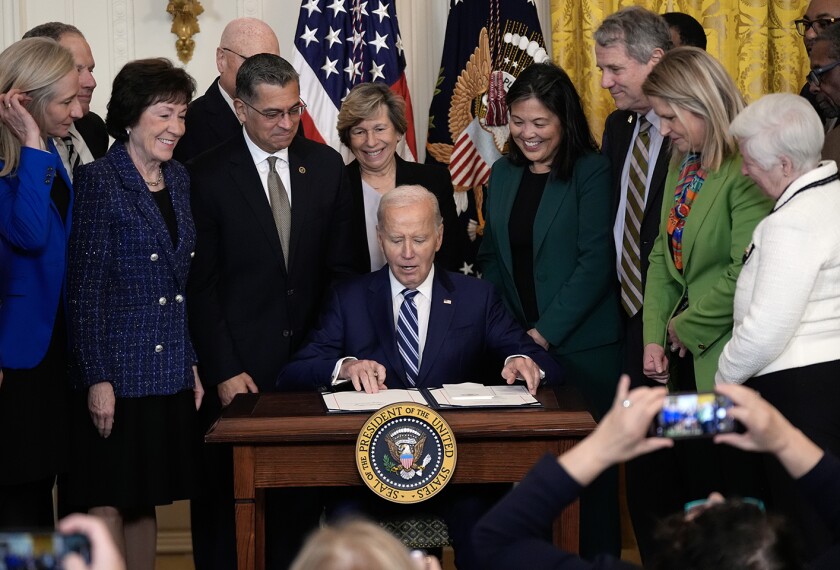A few weeks ago, I was sitting at home on a gorgeous Carolina blue day. It was spring break—and I was in burnout recovery mode.
I felt it consciously, deeply. This year has been oh-so-tough, for myriad reasons.
I also found myself wondering: Is burnout contagious in schools? Because it certainly seems pervasive. As we head into summer, I know my colleagues are feeling the strain of testing and staying motivated for themselves and their students. I’m far, far from being alone.
Let’s take a closer look at this phenomenon that every teacher suffers—and rethink how we approach burnout.
What Is Burnout?
Teaching is one of the most visceral jobs I’ve ever experienced. It’s emotionally, physically, and mentally consuming. I often find myself worried about how to reach every student, or wracked with guilt because I’ve let my work/life balance shift in favor of work.
I know what needs to be done to be successful, but there is simply too much to do. Still, I keep clawing my way back. Because in teaching, you can never do enough.
But that kind of constant, intracranial hammering is not sustainable. In order to address it, we have to define what burnout looks like. Then we can attack it.
Recognize these signs?
- Exhaustion. This is a fatigue so deep that there’s no way to “turn it off,” no matter how badly you want to. It’s deep in your bones. The kind of tired where you just want to ooze into your bed and disconnect from life.
- Extreme graveness. Realizing you go hours without smiling or laughing, or days without a belly laugh.
- Anxiety. The constant, nagging feeling that you can and should do more, while simultaneously realizing you need to unplug and spend more time with your family. But there are so many things to do.
- Being overwhelmed. Questioning how they can possibly add one more task, expectation, or mandate to your plate. Compromising your values of excellence just so you can check-off 15 more boxes to stay in compliance. All the while knowing it still won’t be enough.
- Seeking. Losing your creativity, imagination, patience, and enthusiasm for daily challenges. Craving reflection time and productive collaboration rather than group complaining.
- Isolation. Wanting to head for the deepest, darkest cave where no one will see your vulnerability. A place where your limits are unseen and unquestioned and all is quiet.
Emerging Stronger
Burnout has visited me in full force twice this year. It’s brought me to the edge of my sanity, wrenched emotions out of me when I felt I could give no more, and sapped energy from the depths of my bones.
But guess what: I’m all right. I’m still here. I’m learning as I go—and learning as I let go. And I’m actually thankful for its visits.
Here are a few lessons I’ve learned from dealing with burnout in the past few months.
1. Sfumato. One of Leonardo da Vinci’s seven essential elements of genius is known as Sfumato, Italian for “smoked,” or “going up in smoke.” This principle is the ability to embrace uncertainty, the unknown, and the unknowable. In my interpretation, it’s also an ability to “let go” of everything that’s left undone when you know you’ve done your best. Embrace Sfumato.
2. Balance. In yoga, those lithe bodies in stretching poses are beautiful to behold—yet the beauty stems from a tension of opposites. In yoga, muscles compromise to support others, meaning that balance is not a matter of symmetry as much as support. That’s a lesson we can extend from our internal selves in order to seek out a supportive community.
3. Self. I’m human. It’s not selfish to address my own needs or say “no” once in a while. My job, as much as I love it and thrive upon its challenges, is not everything I am. I am more than my job. I need my creative outlets—drawing, nature, reading, writing, and playing—in order to be whole and wholly present for others.
4. Relationships. Friends, family, and faith are critical. Time away from work is best for me to recharge—without distractions of work staring at me from home. Small adventures with my family and friends, exploring new ideas and places, writing notes, and sharing acts of gratitude are things that I need regularly. I’m also learning that asking for help is a sign of strength, not weakness.
5. Gratitude. Being present and intentional with your days, even for just a few breaths at a time, can give you a survivor’s lens for managing the problems at your doorstep. For me, it’s about having gratitude for the people in my life. Embracing the questions that underlie my curiosity. Remembering the passions that have driven me to and throughout my job. Holding a clearer vision of what it takes to make and keep me well.
6. Healing. Here’s my biggest takeaway. When I lift weights, my muscles undergo tiny tears, with temporary pain—but the subsequent healing leads to stronger muscles. And the next time, I can handle a little bit more.
With these strategies, I’ve learned to view the challenges of burnout through a new lens and rethink the “gifts” it’s brought me.
Burnout has allowed me to emerge in a stronger form—to be more determined and focused on what’s most important to me in my relationships and my work. Now I see burnout as a reminder to address the things that my soul needs. And, although I’m far from perfect, I can now teach and lead others through these same feelings from a place of recognition and understanding.
For all of that, dear burnout, I am grateful.






